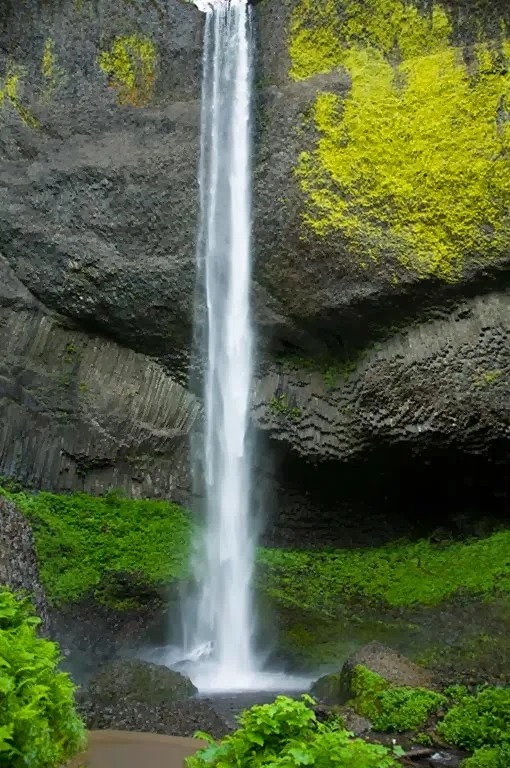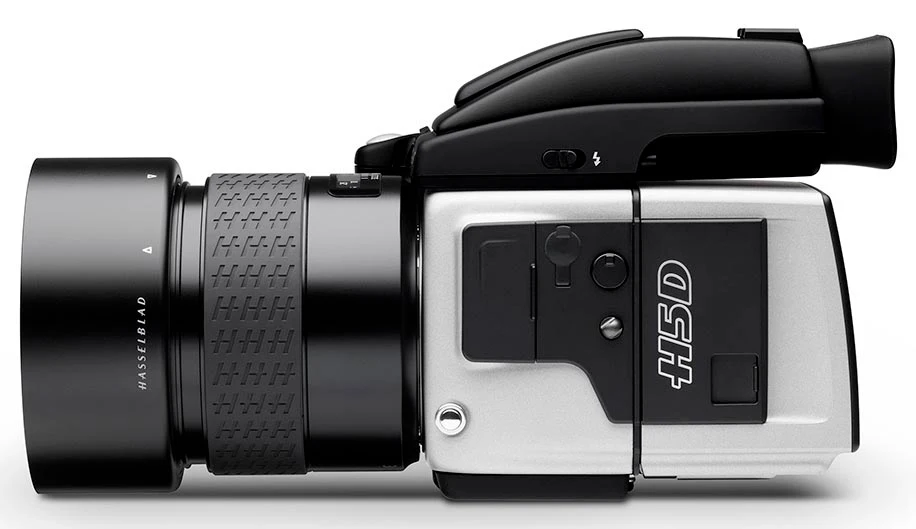Subscribe by email to Shooting Outside Blog
Apple Mac PRO Auctions at $977,000
One-off (meaning one-only) product designs created by Jony Ive and Marc Newson sold at a special (RED) charity auction at Sotheby’s in New York City over the weekend, with the pair’s four designs smashing all bidding estimates.
The Mac Pro, for example, was expected to fetch between $40,000 and $60,000 but ended up going under the hammer for almost a million – $977,000, to be precise. The auctioned model of Apple’s high-end powerhouse PC looks identical to the recently revamped model except for one difference – the color. The regular model, which goes on sale in December with a starting price of $3,000, has a black exterior, whereas the auctioned model is red. Let’s hope Apple popped in a bit of extra memory for the buyer’s additional $974,000.
The solid gold Apple earbuds, meanwhile, were picked up for $461,000. Yes, $461,000. These were expected to go for no more than $25,000.
So much of the world loves the Apple product lineup and has for many years that the anticipation that a one-of-a-kind model will fetch as technological art, nearly a million dollars, and further that it will certainly raise perhaps half again as much in 2-3 years seems ludicrous. But for those with more money that they can spend on reasonable living expenses seem to always find a way to astound us by reaching a height that is laughable. An earbud set for nearly half a million dollars? Of course the goal was a charity for The Global Fund to raise money for a variety of causes, including AIDS programs in Africa. That's certainly an honorable goal, so I'll reserve my critique for another day. Just thought you'd be interested.
Subscribe by email to Shooting Outside Blog
Add a Comment Below
















